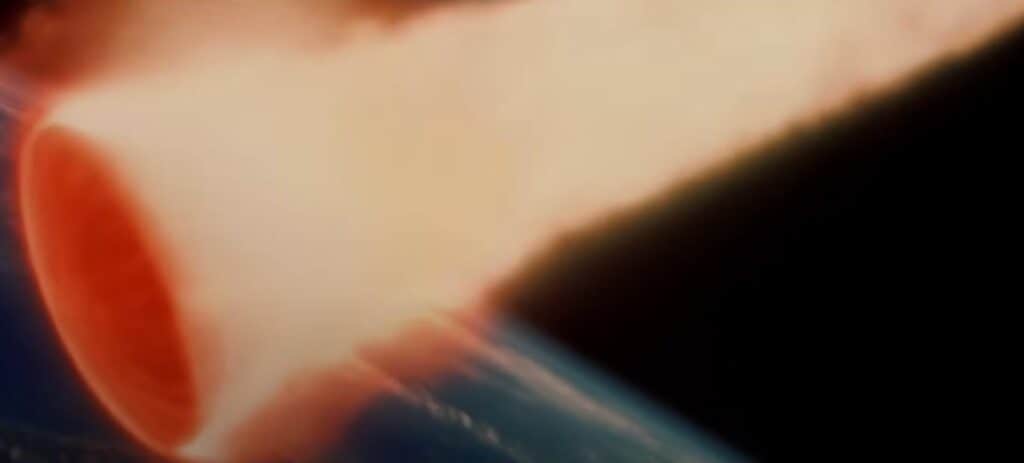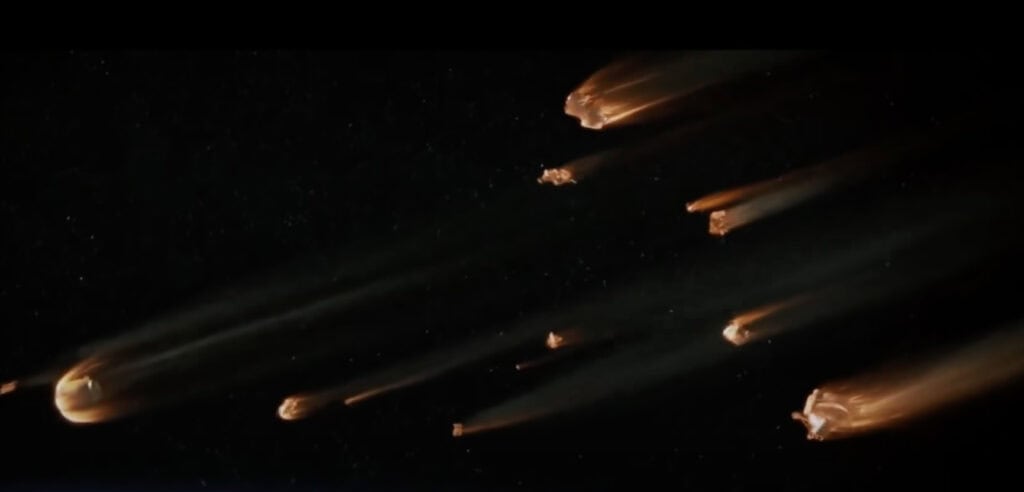
Enduring the Fireball of Spacecraft Re-entry through Improved Radiative Heating Prediction
Professor Chris Limbach partners with MetroLaser Inc. to develop improved plasma sensors for NASA Ames’ shock radiation benchmark test facility.

Professor Chris Limbach partners with MetroLaser Inc. to develop improved plasma sensors for NASA Ames’ shock radiation benchmark test facility.
When we think about space missions, our minds often drift to unforgettable moments from the Apollo missions, the Space Shuttle Orbiter, or blockbuster movies. Among the many lasting memories from these endeavors, the image of the spacecraft engulfed in fiery plasma before safely landing back on Earth may be the most significant, as it symbolizes a successful mission. At the University of Michigan Department of Aerospace Engineering, researchers are working to better understand the complex scientific and engineering efforts behind these awe-inspiring scenes to ensure our astronauts continue to get home safely.

The research group of Professor Chris Limbach, in partnership with MetroLaser Inc., has received a NASA Small Business Innovation Research (SBIR) award to make space travel as safe as possible by developing technology to better predict spacecraft re-entry radiation. With NASA’s Artemis missions aiming to take us back to the moon and even farther to Mars, ensuring our spacecraft are designed to withstand the intense heat of re-entry is more crucial than ever.

“When you watch a clip from the SpaceX Starship re-entry and you see that glow around the spacecraft, that’s radiation produced by the oncoming air flow through shock heating,” Professor Limbach explained. “Now imagine the warmth you feel standing in the sun on a clear day and multiply that by 1,000 times. The spacecraft must withstand that heat intensity during re-entry.”

“For a long time, NASA has been designing thermal protection systems to withstand these high heat loads,” Limbach continued. “The big question is, how much of this protective material is needed? And could we use better materials? Even after 60 years of study, predictive models still need to be improved. This work specifically addresses model uncertainty related to the plasma characteristics and their influence on the heat load.”


To tackle this challenge, Limbach and his team are pioneering new ways to measure the plasma behind shockwaves in laboratory settings, simulating the conditions of re-entry. “These measurements have to be incredibly precise and taken in microseconds,” Limbach said. “It’s like trying to capture a crisp image of a bullet train.”
Limbach and his team will be testing their plasma sensors at cutting-edge facilities such as the LENS Shock Tunnel at CUBRC in Buffalo, NY, and NASA’s Electric-Arc Shock Tube (EAST) facility in California. Their goal during these excursions will be to better characterize the plasma behind the shock produced during re-entry and its subsequent impact on the radiative environment. This is accomplished by producing strong shockwaves and measuring the resulting radiation to predict how new materials will perform under these extreme conditions. With plans to integrate their technology with NASA’s Shock Tube System, the team will continue developing their measurement systems at the University of Michigan’s Photonic Sensing and Flow Interaction Laboratory.
As humanity prepares for its next giant leap, from returning to the moon or stepping foot on Mars, Professor Limbach’s work will prove to be essential in ensuring explorers have state-of-the-art protection for their journeys home. Advanced thermal protection systems, developed through this research, will safeguard our astronauts during these monumental missions.